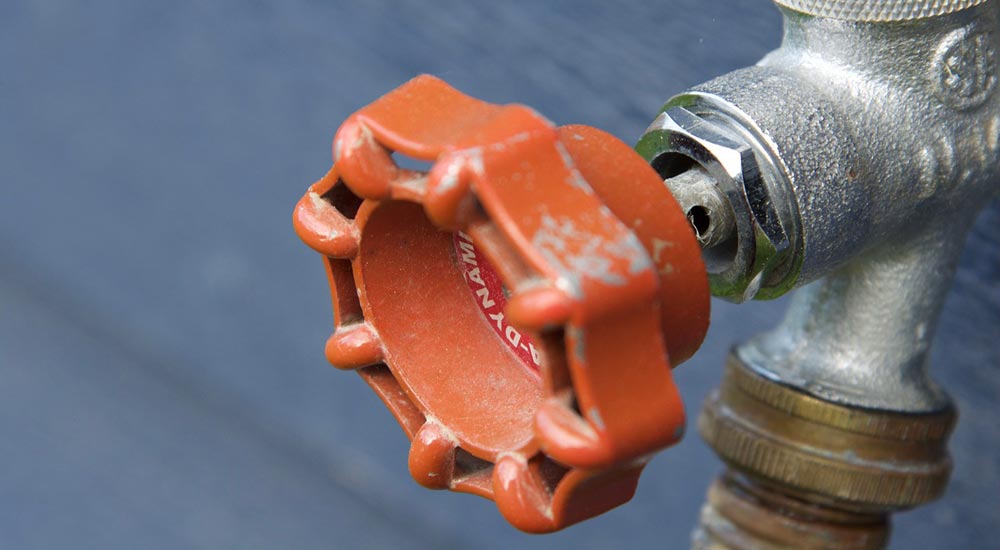The Basics of Plumbing

When a plumbing job comes up suddenly, they are classified as an emergency. It might seem like the problem appeared out of nowhere, but the fact is that we all seem to ignore the signs – a leaky pipe dripping tap or a shower drain that does not run out as quickly as it should. Another aspect that appears to confront most people is whether they should tackle the plumbing task themselves or call in a professional plumber. Just what are the basics of plumbing?
What’s in the Pipelines?
According to Australian plumbers Plumb It Right, the primary purpose of residential plumbing is to bring water into your home and remove waste through a drainage system. A maze of pipes supplies water to various parts of the house. Water is given to the sinks and showers, and the more modern houses have shut-off valves for individual fixtures in the bathroom and kitchen. Every home has a main shut-off valve. The pipes are all made from PVC, copper and PEX materials. In days gone by, copper was mainly used.
The Materials
The drainage system that leads out of the kitchens and bathrooms is independent of each other, though they all finally lead to one common sewer chamber outside your home. The drain system used in houses helps keep your home toxin and gas-free. Cast iron piping was used in older homes, but the newer homes use PVC or ABS. Outside drain pipes are cast iron in many cases, while the internal ones are made from PVC. Cast iron is sturdier, stronger and less likely to shake as much as PVC ones might.
The Main Section of Piping
The central part of the wastewater system is the trap and vent. It’s called an ‘S Bend, a curved piece of pipe under the bathroom and kitchen sink. It keeps a small amount of water in the drain at all times. That prevents toxic gases from backing up through the line. Another critical safety feature of any plumbing system is the vent line. The vent pipe carries the gases from the sewer out of your home. the pipe leads to the roof.
Your sewage
There is no connection to the main sewer lines in some areas that have not been redeveloped, usually older regions or rural areas. In this case, a leach drain was installed. The leach drain is for grey water from the kitchen laundry and shower/bath in the bathroom. The toilet waste goes to a septic tank that requires pumping out several times a year. A good plumbing company will have the expertise to look after any issues with a home’s water supply and drainage system.
